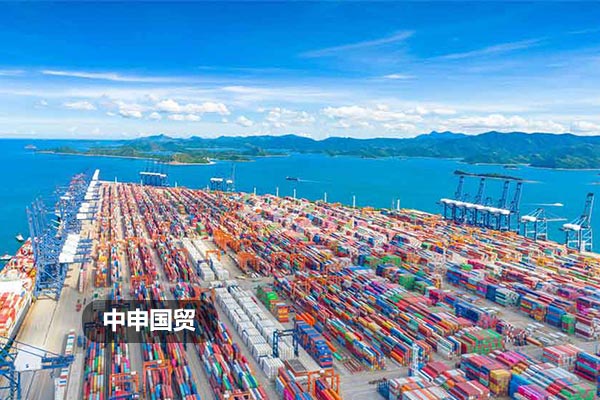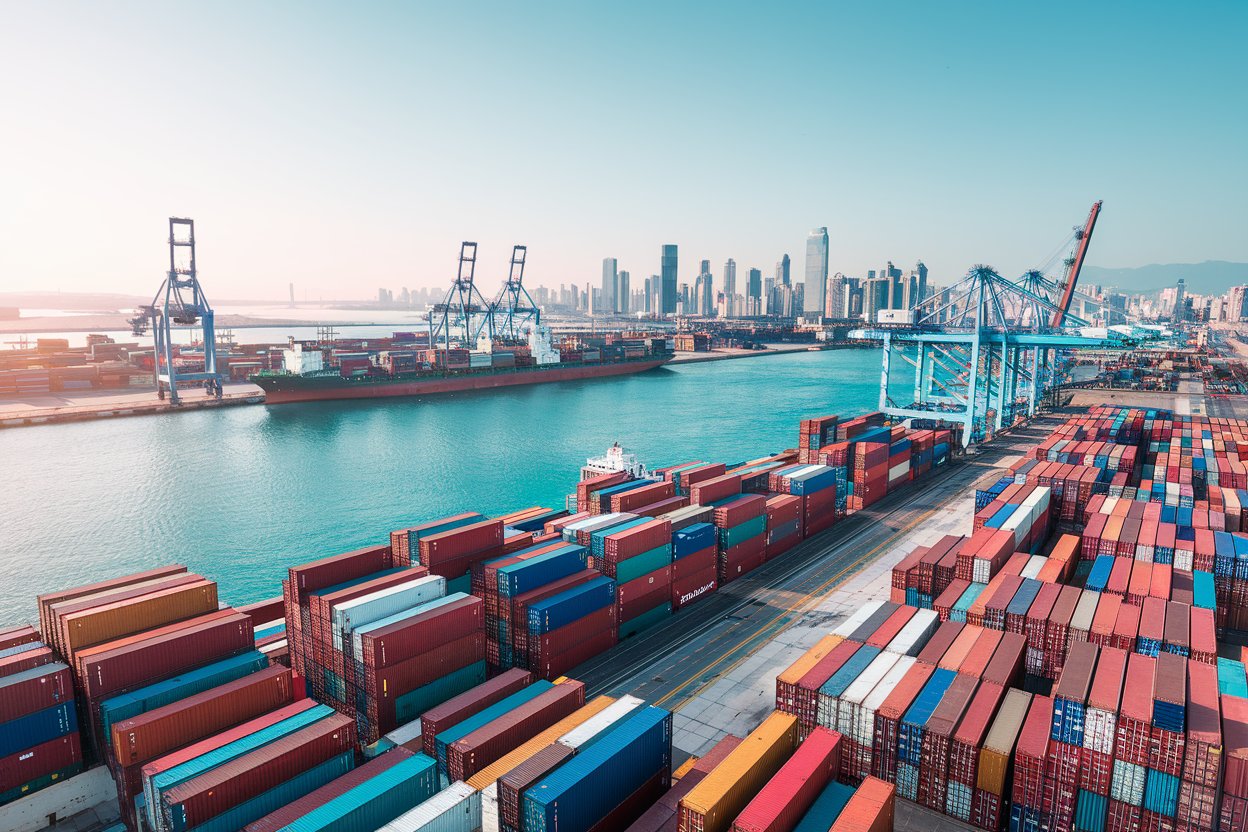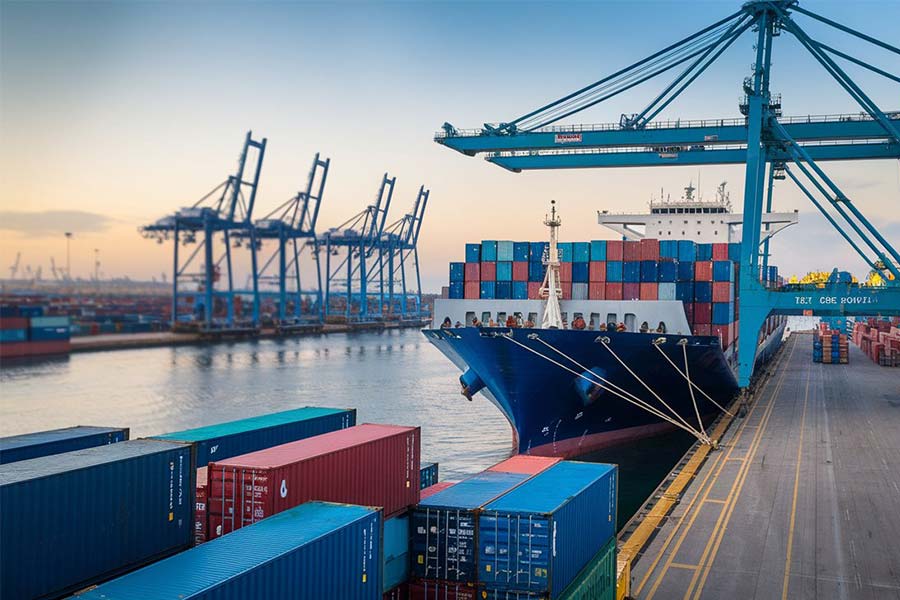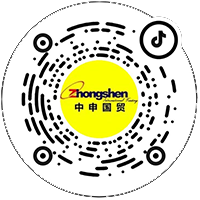- 20 Years of Expertise in Import & Export Solutions
- +86 139 1787 2118

Introduction
On the grand stage of global trade, importing footwear from Japan holds many opportunities and challenges. For importers, understanding the entire?Foreign trade??Import/export?process, grasping market dynamics, and having professional service support are crucial. Next, we will provide a comprehensive analysis of the various key links in importing footwear from Japan.
Document Handling: Professionalism Ensures Efficiency
Document handling is the cornerstone of the import process. To import footwear from Japan, the first step is to prepare a Commercial Invoice, which details key information such as the description, quantity, and value of the goods, and is an important basis for customs taxation. The Packing List explains the packaging of the goods, including details such as the size, color, and quantity in each box, which is convenient for customs inspection and for inventory during logistics and transport.
The Bill of Lading is the document of title and plays a core role in?Ocean shipping?. Our professional team is familiar with the filling standards and requirements for all types of documents and can handle them accurately and quickly. Taking the commercial invoice as an example, the goods description on the invoice must be completely consistent with the actual goods, with no ambiguity or vagueness, otherwise it may lead to customs inquiries and delays. When filling out the bill of lading, information such as the consignee and notify party must be accurate to avoid being unable to deliver the goods smoothly after they arrive at the port.
At the same time, for some special situations, such as a Certificate of Origin, if the goods are eligible for preferential tariff rates under a specific trade agreement, obtaining the certificate of origin is crucial. We will assist the importer in reasonably preparing and submitting various documents based on the actual situation of the goods to ensure a smooth import process.
Logistics Arrangement: Precise Planning, Safe Delivery
The logistics link is related to whether the goods can arrive at their destination on time and safely. Common modes of transport for importing footwear from Japan are sea freight and?Air freight?. Sea freight is lower in cost and suitable for large-volume shipments. When choosing sea freight, factors such as the shipping schedule and port congestion should be considered. For example, if choosing to depart from the Port of Yokohama in Japan, it is necessary to pay attention to the peak season of that port and book space in advance to avoid shipment delays due to tight space.
Air freight, on the other hand, is fast and suitable for urgent goods or small-volume, high-value products. However, air freight costs are relatively high, and a comprehensive balance must be struck. Before the goods are shipped, we will develop the optimal logistics plan for the client based on factors such as the weight, volume, and delivery time of the goods.
Before the goods are shipped, we will do a good job of packaging and reinforcing them to ensure the shoes are not damaged during transport. At the same time, we will closely track the transport status of the goods and promptly communicate with freight forwarders, shipping companies, or airlines. If any abnormal situations occur, such as flight delays or ship failures, we can make adjustments quickly to ensure the goods arrive on time. For the customs clearance and pickup at the destination port, we also have extensive experience and can assist clients in quickly completing the relevant procedures, reducing the detention time of the goods at the port.
Russian market: VTB?Foreign exchange settlement?Advantages stand out
If the imported footwear business involves the Russian market, we must mention our unique advantage in VTB settlement. Settlement of exchange, simply put, is the process of converting foreign currency into the national currency. In trade with Russia, settling through VTB Bank has many conveniences.
Firstly, VTB Bank holds an important position in the Russian financial system, with high credibility and a relatively mature settlement process. In the traditional settlement process, the importer needs to submit relevant trade documents to the bank, such as the contract, invoice, and bill of lading. After the bank verifies them, it will convert the foreign exchange into the national currency at the day's exchange rate and pay it to the importer. Through the VTB channel, there is more flexibility in trade financing. For example, for some reputable importers, VTB Bank can provide a certain amount of trade financing to alleviate the importer's financial pressure, so that the importer does not have to bear excessive capital costs before the goods are sold.
At the same time, the information exchange between VTB Bank and relevant departments such as Russian customs is smoother. During the settlement process, it can more quickly verify the authenticity of the trade, reducing settlement delays caused by document review and other issues. This is undoubtedly a great help for the business of importing footwear from Japan to the Russian market, ensuring the rapid recovery and turnover of funds.
Southeast Asian Market: Import and Export Processes and Solutions
Import Process
- Market research and supplier selection: Before deciding to enter the Southeast Asian market with imported footwear from Japan, it is necessary to conduct thorough market research. Understand the consumer preferences, market demand scale, and competitive landscape for footwear in different Southeast Asian countries. For example, in Vietnam, consumers prefer affordable, minimalist-style everyday footwear; while in Singapore, there is a greater demand for high-quality, trendy footwear. Screen for suitable Japanese suppliers through professional market research platforms and industry reports, and evaluate their product quality, production capacity, and price advantages.
- Sign the Contract: Sign a detailed Purchase Contract with the Japanese supplier. The contract should specify key terms such as the specifications, quantity, price, delivery date, and payment method of the goods. For example, the payment method can be a?L/C?Letter of Credit (LC), which is a bank credit that provides a certain degree of security for both the buyer and seller. The letter of credit terms should clearly specify the document requirements to ensure the importer can smoothly pick up the goods and the supplier can receive payment on time.
- Customs declaration and clearance: After the goods arrive at the destination port in Southeast Asia, they enter the customs clearance stage. The importer needs to submit documents such as the commercial invoice, packing list, bill of lading, and?Certificate of Origin?to the local customs. Different countries have different import tariff policies for footwear. For example, in Thailand, some footwear may enjoy lower import tariffs, provided that a compliant certificate of origin can be provided. Customs will inspect the goods, mainly checking whether the quantity, quality, and declared value of the goods are consistent with the documents. If problems are found, it may lead to delays or fines. Our professional team is familiar with the regulations and operating procedures of various Southeast Asian customs and can assist importers in quickly and smoothly completing customs clearance procedures.
- Sales and Market Promotion: After the goods are cleared through customs, they can enter the sales stage. Formulate a sales strategy suitable for the local market based on the results of the preliminary market research. Goods can be distributed through local distributors and retailers, or sales channels can be expanded through e-commerce platforms. At the same time, it is necessary to do a good job of market promotion, enhancing product awareness and market share through advertising, promotional activities, etc.
Solution
- Addressing trade barriers: Some Southeast Asian countries may set up trade barriers, such as anti-dumping duties and import quotas. To deal with anti-dumping duties, the importer can negotiate with the supplier to optimize the product cost structure and reduce the product price to make it more competitive in the local market. If faced with import quota restrictions, the import volume can be planned in advance, and the shipment time can be reasonably arranged to ensure the import is completed within the quota.
- Logistics Optimization: Considering the geographical characteristics of the Southeast Asian region, some countries have many islands, and logistics and distribution may be difficult. We can choose a suitable logistics partner. For example, in Indonesia, through a strong local freight forwarding company, we can use its transport network between islands to ensure that the goods can be delivered to the client accurately and on time. At the same time, we use an advanced logistics management system to track the status of the goods in real-time, improving the transparency and efficiency of logistics and distribution.
The current international trade situation: challenges and opportunities coexist.
Challenges
- The rise of trade protectionism: In recent years, the trend of global trade protectionism has intensified. Some countries, to protect their domestic industries, are constantly increasing import tariffs and setting up trade barriers. Importing footwear from Japan may face high tariff policies in the target market country, which will directly increase import costs and reduce the product's competitiveness in the local market. For example, some European and American countries have set high anti-dumping duties on footwear products, which makes it very difficult for footwear imported from Japan to enter these markets.
- Exchange Rate Fluctuations: The instability of exchange rates brings huge risks to import and export trade. The exchange rates between the Japanese yen, the Chinese yuan, and other major currencies fluctuate frequently. If the importer fails to manage exchange rate risks well, they may suffer losses during settlement. For example, when the RMB appreciates, the import cost settled in Japanese yen will increase relatively, and the profit margin will be squeezed.
- Supply Chain Disruption Risk: The outbreak of the global pandemic has highlighted the vulnerability of the supply chain. Factory shutdowns, port congestion, and logistics blockages occur from time to time, leading to goods not being produced and delivered on time. Importing footwear from Japan may be unable to meet market demand in a timely manner due to production interruptions at Japanese factories or delays during transport.
?Opportunities?
- Regional Trade Agreement Comes into Effect: The implementation of agreements such as the Regional Comprehensive Economic Partnership (RCEP) has brought new opportunities for trade in the Southeast Asian region. Importing footwear from Japan to RCEP member countries may enjoy lower tariffs or more convenient trade conditions, which helps to reduce import costs and expand market share.
- Digital transformation accelerates: With the development of digital technology,?E-commerce?platforms are rising rapidly. Importers can directly reach global consumers through e-commerce platforms, expand sales channels, reduce intermediate links, and increase profit margins. At the same time, digital trade services, such as electronic documents and online payments, have improved trade efficiency and reduced transaction costs.
- Demand for consumption upgrading: Consumers worldwide have an increasing demand for quality and personalized products. Japanese footwear, with its exquisite craftsmanship and unique design, meets the consumer's pursuit of high-quality products. Importers can seize this trend, introduce Japanese footwear products that meet market demand, and develop the mid- to high-end market.
Product Certification Services: Facilitating Compliance Operations
In the process of importing footwear from Japan, product certification is an essential step. Different countries and regions have different certification requirements for footwear products. For example, to enter the EU market, footwear products need to comply with CE certification standards, which involve many aspects of the product, including safety and environmental protection. In the Southeast Asian region, some countries may require footwear products to pass local quality inspection certification.
Although our company does not directly provide certification services, we have extensive experience and can accurately inform clients of the required certifications and assist them in completing the relevant certification procedures. We will help clients interpret the certification standards, guide them in preparing the materials required for certification, and coordinate communication with the certification bodies. Through our assistance, clients can complete product certification more efficiently, ensuring that the imported footwear products comply with the regulatory requirements of the target market and can be sold there successfully.
Conclusion
Importing footwear from Japan, in a complex and ever-changing international trade environment, requires professional document handling, precise logistics arrangements, flexible settlement strategies, and an in-depth understanding of market regulations. We, with our professional capabilities in import?Export Agency?services, especially our deep accumulation in document handling and logistics services, as well as our VTB settlement advantage for the Russian market, and our detailed import and export process solutions for the Southeast Asian market, help importers respond to challenges, seize opportunities, and achieve the steady development of their import business. We hope this article can provide a useful reference for enterprises and individuals interested in importing footwear from Japan, and help them take solid steps on the road of international trade.
? 2025. All Rights Reserved.










